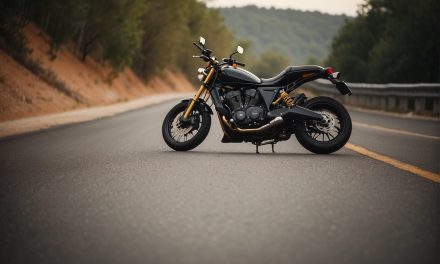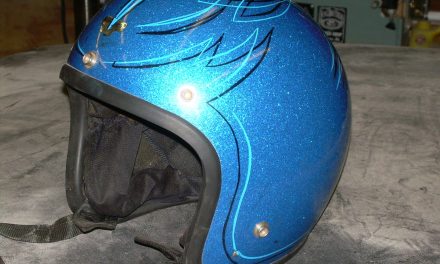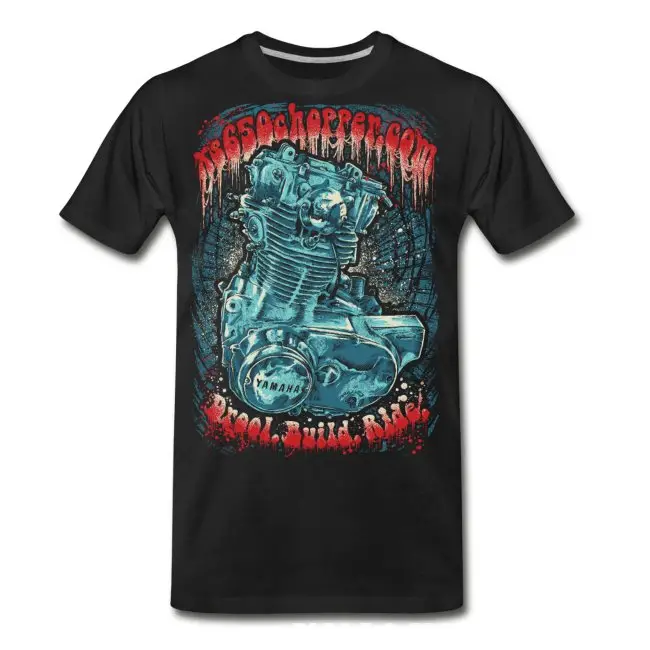It’s amazing how motorcycles have improved over the years. Of all the upgrades to motorcycles, perhaps the replacement of carburetors with fuel injection was the most meaningful.
But when did motorcycles become fuel injected? The first mass production of motorcycles with fuel injection took place in the 1980s, but the technology was invented long before that.
If you truly want to understand why carbs were replaced by fuel injection, there are certain things you need to know first. Today, we’ll go through all these, and if you stick to us till the end, you’ll understand when and why motorcycles become fuel injected.
Why Do We Need a Carburetor or Fuel Injection?
Internal combustion machines have been around for quite some time, but the early designs were far from efficient. One of the key challenges faced by engineers in ensuring engine efficiency was maintaining a proper air-to-fuel ratio.
Over the years, devices such as carburetors have been developed to overcome this challenge. Both the carburetor and fuel injector regulate the air-to-fuel ratio supplied to an engine.
This might lead you to question what the differences between carburetors and fuel injectors are.
Simply put, a carburetor follows a mechanical approach to this. On the other hand, the fuel injector functions using sensors and electronics.
How Does A Carburetor Work?
As we’ve discussed, the key function of a carburetor is to mix fuel and air to an optimum ratio and deliver it to the engine. Under every condition, the ratio remains the same. So, when more air flows into the system, the carburetor supplies more fuel to maintain the balance.
When you squeeze the throttle of the bike, it flows more air into the system, thus increasing fuel delivery and resulting in acceleration.
How Does Fuel Injection Work?
The fuel injection system isn’t as simple as a carburetor. These come with electronic sensors and components or precision measurement.
ECU, or electronic control unit, is a component of the FI system, and it monitors the fuel supply.
The ECU makes complex calculations from the sensor readings. It focuses on parameters such as engine speed, temperature, load, throttle position, and many more. Based on its calculations, the fuel injection system controls the air-to-fuel ratio in real-time to achieve maximum efficiency.
Why Were Carburetors Replaced with Fuel Injection Systems?
Understanding why carburetors were replaced is important.
Now that you have a basic idea about carburetors and fuel injection systems, it’s time to go into the details. In this section, we’ll take a look into the reasons behind the replacement of carburetors.
Fuel Efficiency
This is one of the main, if not the main, reason for replacing carburetors. Yes, carburetors are cheap to produce, install, and repair. However, the fuel efficiency offered by carburetors was so low that it incurred more expenses down the line.
With a fuel injection system, you’ll get more mileage compared to a carburetor system.
Durability
Not only was the fuel consumption higher, but the component required repairs and replacements often. The main reason behind this is carburetors are made of parts that are prone to wear. Moreover, the diaphragm built into the carburetors is very sensitive and might get damaged easily.
Maintenance
It’s fairly easy for dust to enter the inner chamber of carburetors. So, it’s important to clean the component frequently. On the other hand, fuel injection systems don’t require as much maintenance, making them a more viable option.
Not only that, but carburetors require frequent tuning too. As discussed earlier, the sensors present in the fuel injection system tune the air-to-fuel ratio dynamically.
However, carburetors operate on simpler principles, and they can’t auto-tune themselves. To make sure the air-to-fuel ratio is optimum, you’ll need to tune the system manually and frequently.
Accuracy
Fuel injection systems use all sorts of modern sensors and electronics for fine-tuning fuel delivery. This makes them much more accurate compared to their mechanical counterparts.
Fuel injection systems not only offer greater efficiency but also keep the combustion engine in good condition.
Eco-Friendliness
Even if carburetors were more powerful, they eventually would have been replaced by fuel injection systems. Fuel injection systems are much cleaner than carburetors. These revamped components lead to lower levels of emission and thus are better for the environment.
Moreover, they don’t require as many replacements as carburetors. These are more expensive, but the carbon footprint is lower in general.
Slow Response
Over the last few years, people have grown fond of low latency products. This is another reason why they choose fuel injection systems over carburetors. Carburetors come with a certain level of lag. This lag leads to a slower response of the throttle.
Are Carburetors Good for Anything?
Yes, carburetors were replaced by fuel injection systems long ago, but still, you’ll find certain bikers installing carburetors on their custom bikes. So, carburetors aren’t all bad, right?
In this section, we’ll take a look at the benefits you can expect from using a carburetor.
Cheap
Carburetors are very affordable, and they’re very easy to install or replace as well. This makes carburetors famous amongst users who maintain their bikes themselves.
Greater Tuning Flexibility
As carburetors require manual tuning, you can tune them to perform exactly how you want. You can choose between greater mileage or higher power, or you could settle between the two.
Such tuning flexibilities are offered only by Fuel Injection systems that are overly expensive. So, if you’re budget-constrained, a carburetor will serve you better.
Easy to Repair or Replace
Carburetors aren’t as closely weaved into the system as fuel injection systems. This makes carburetors easier to replace or repair.
Conclusion
Thanks for staying with us till the end. Hopefully, you’ve got the answer to the question – when did motorcycles become fuel injected?
Moreover, you also know why carburetors were replaced. As you can see, carburetors have their strengths too. However, that doesn’t make them favorable.
Emissions can be reduced to a great extent by switching to FI systems. It offers greater fuel efficiency, which will also reduce your expenses. So, from an environmental and financial perspective, fuel injection systems are more favorable.
URLs:
- Difference Between Fuel Injection and Carburetor in Bikes (acko.com)
- Carbs Or Fuel Injection What Is Better? | Motorcyclist (motorcyclistonline.com)
- When did motorcycles become fuel injected? – Quora
- TVS Motor Company








